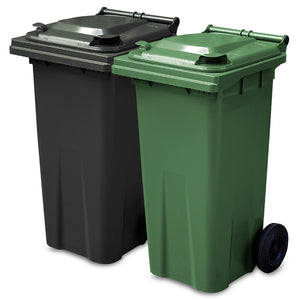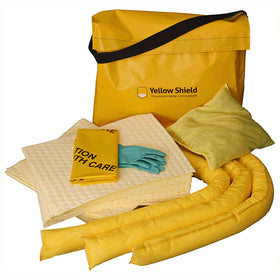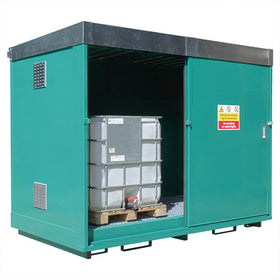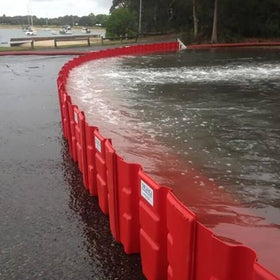Spill containment booms and absorbent booms
Spill containment booms and spill absorbent booms are important spill control and containment devices. These booms can be used quite effectively on land and also at sea or on watercourses to stop spilled liquid reach a protected area.
Absorbent booms
Absorbent booms don’t just stop a spilled substance reaching a protected area or keep the spill contained. They also soak up the spilled liquid and collect it, so that it is removed from the environment where the absorbent boom is used. Because most absorbent booms are water repellent so they can be used extremely effectively on water surfaces. Absorbent booms can also be bought that only attract hydrocarbons, so that oil spills on water surfaces can be contained and cleaned easily.
Most booms can be tied together so that they can be used over a large surface area, which makes the containment of spills at sea easier and much more efficient. The joined booms can be used over an extremely large area, as they were quite effectively at the Deep Water Horizon oil spill last year.
Land booms are useful to have in stock at your industrial site in case of a liquid spill. They can be kept near your drum or IBC storage containment area so that they can used as and when needed.




